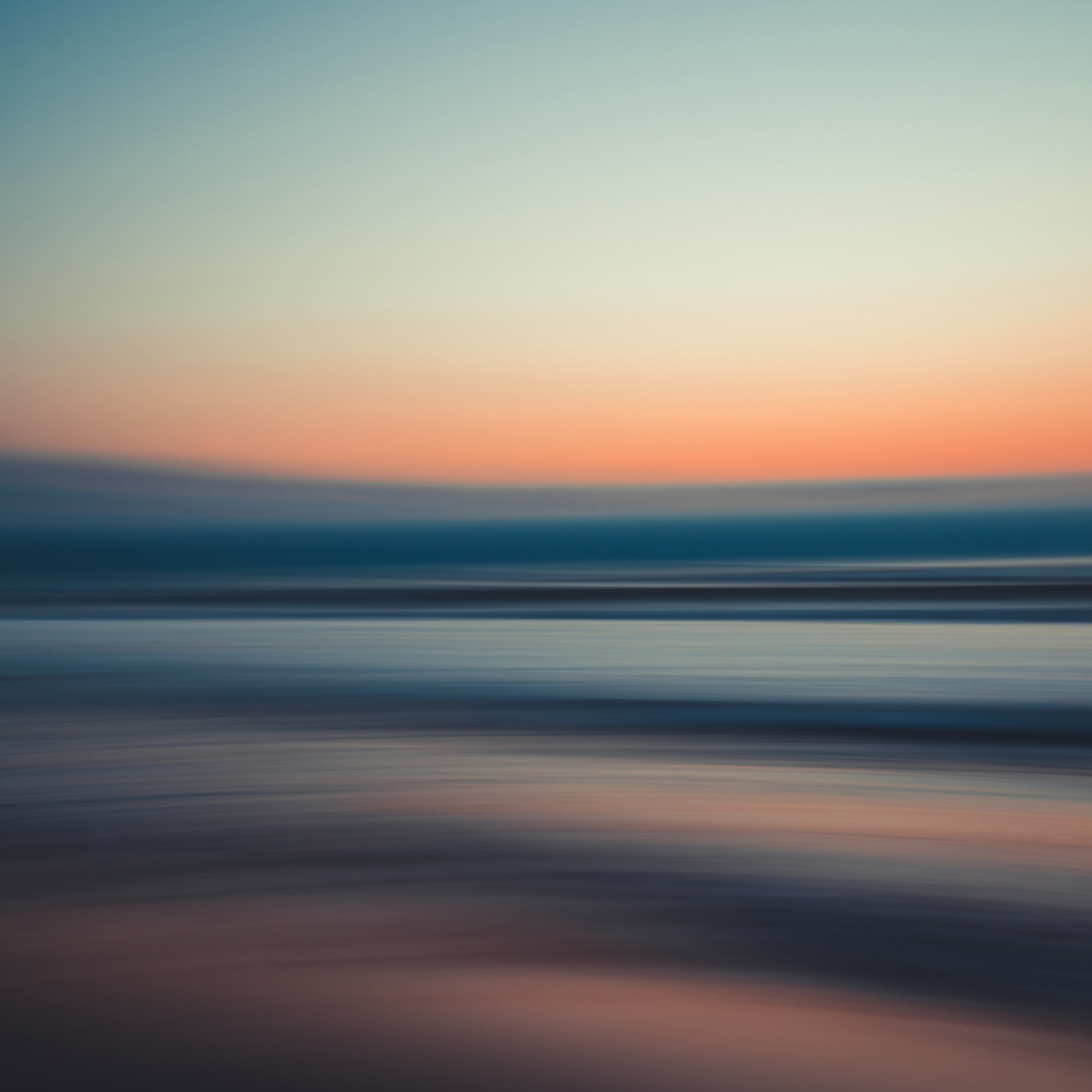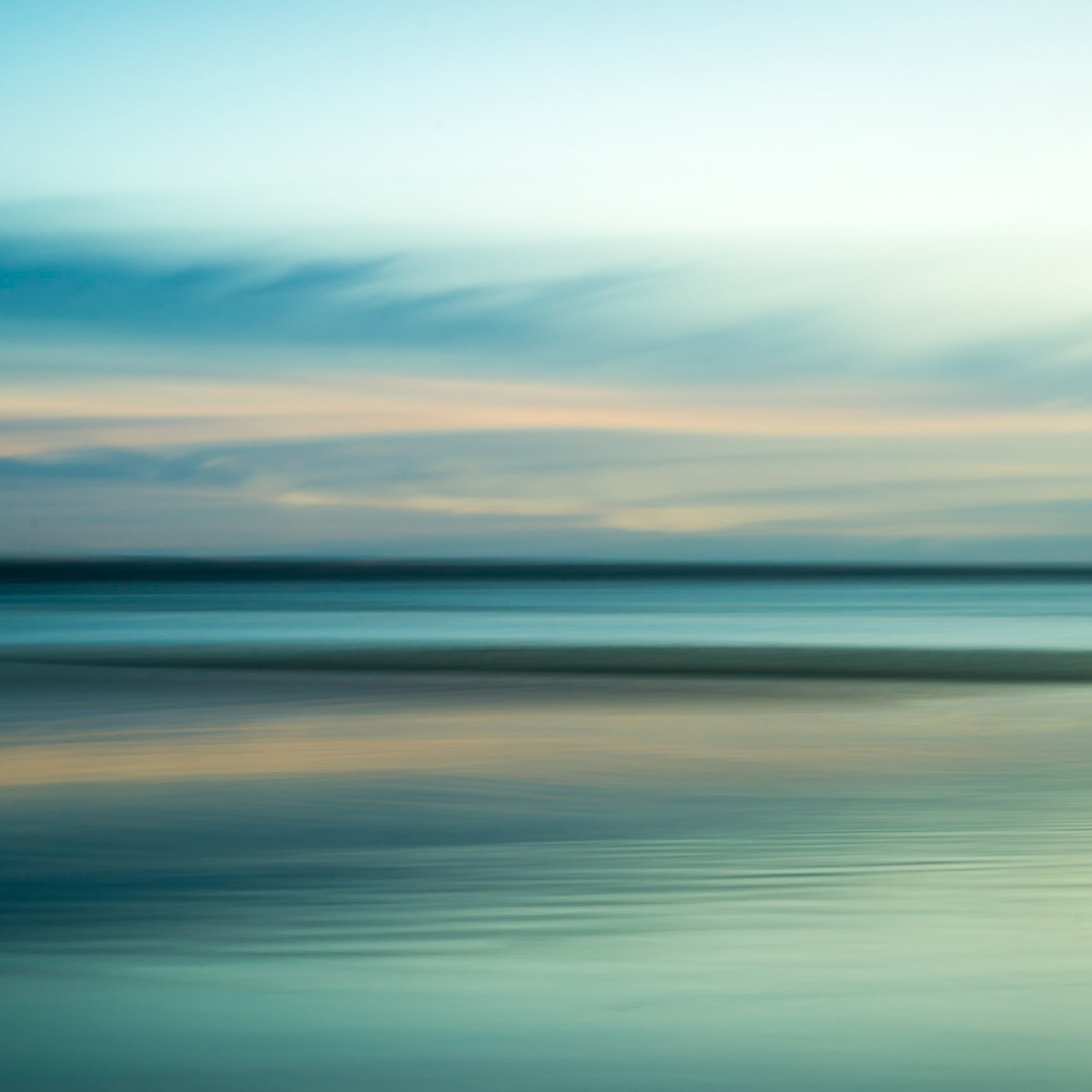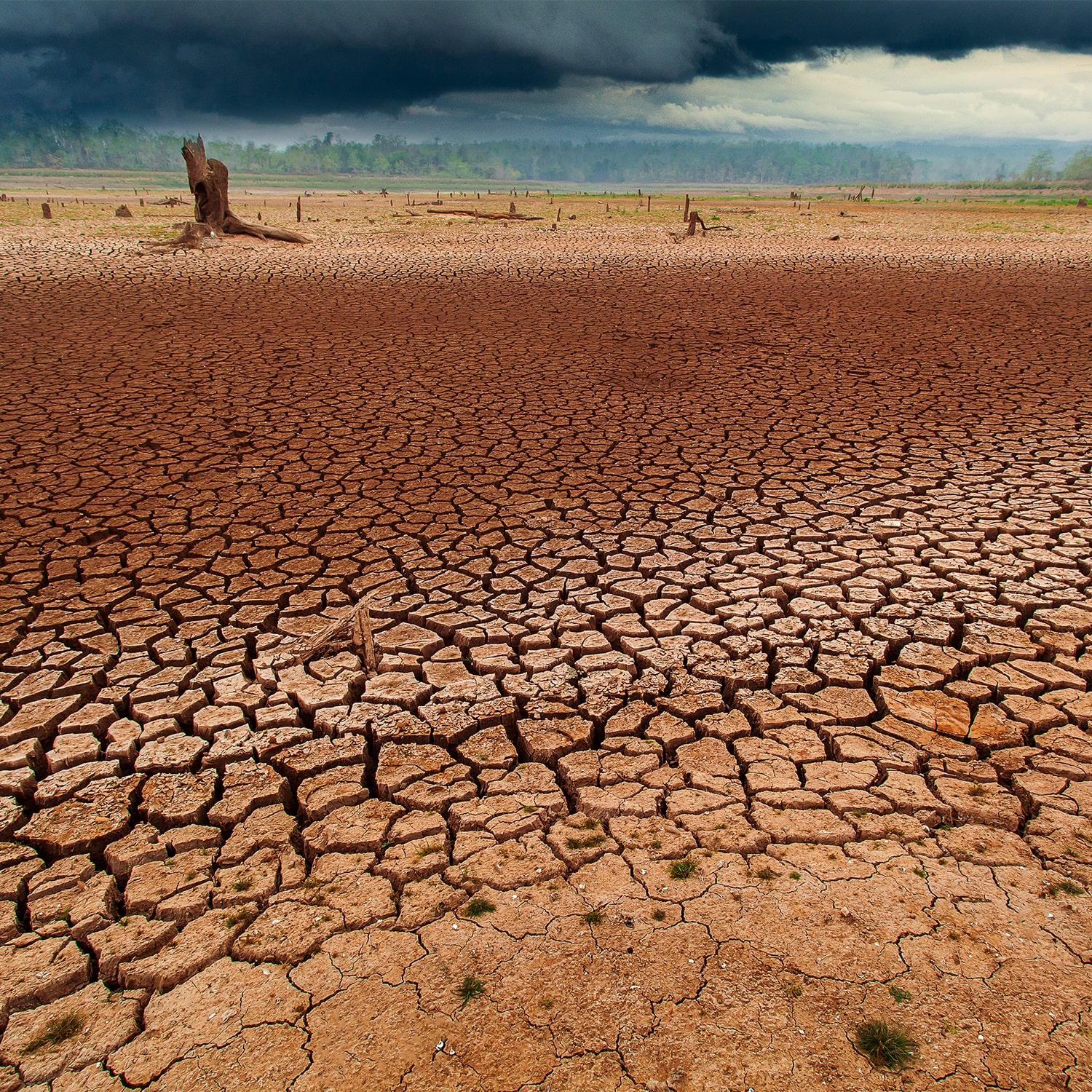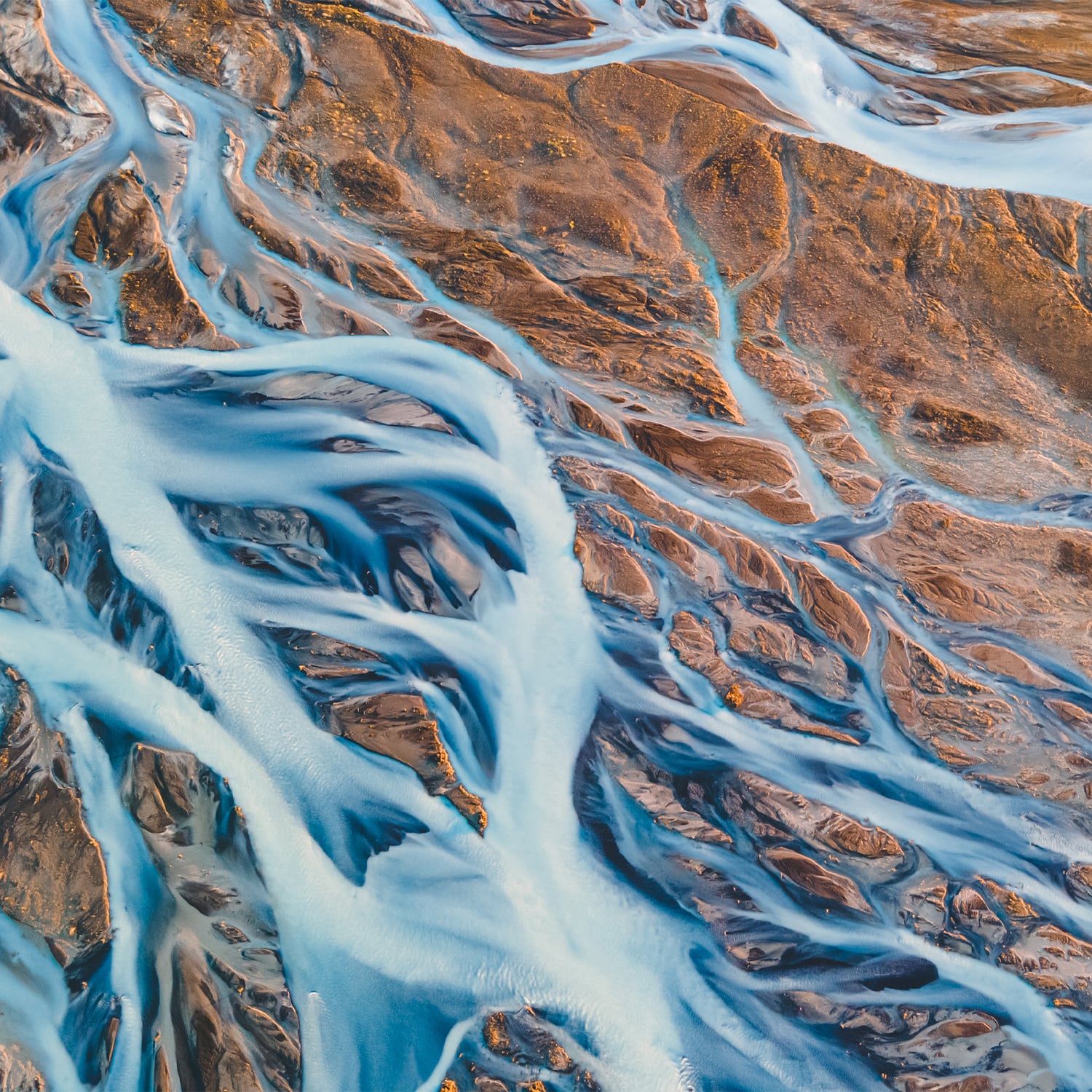- ISSUE#04-1
-
STUDY – Coast of Tsushima
March, 2024
March, 2024
STUDY on the theme of Exhibition #04 "Plastic Coast", which is "marine debris" taking as an example Tsushima City in Nagasaki Prefecture, one of the most plastic contaminated islands
Tsushima is an archipelago floating between the Korean Peninsula and Kyushu. Since ancient times, Tsushima has been an important place of trade and exchange and people and culture have been delivered to Japan from the continent through Tsushima. Today, however, the island has become a place where marine debris have been delivered.
The Tsushima archipelago is like a gateway to the Sea of Japan and continues to receive large amounts of marine debris from East Asian countries under the influence of ocean currents and monsoons from the Yellow Sea and the East China Sea. Tsushima City is one of the municipalities with the largest amounts of marine debris drifting ashore in Japan (*1).
In recent years, the annual amount of marine debris is estimated to be more than 30,000m³ annually (equivalent to more than 3,000 2-ton trucks), 70% of which originates from overseas, such as China and Korea. However, taking 2018 as an example, only about 8,500m³ of trash were recovered. Every year, there is a large discrepancy between the amount of trash and the amount that are collected. In addition, government subsidies for countermeasures against debris have been declining: from 500 million yen in 2010 to the 290 million yen in 2018. The number may decline further in the future due to the declining population, falling birthrate, and aging population.
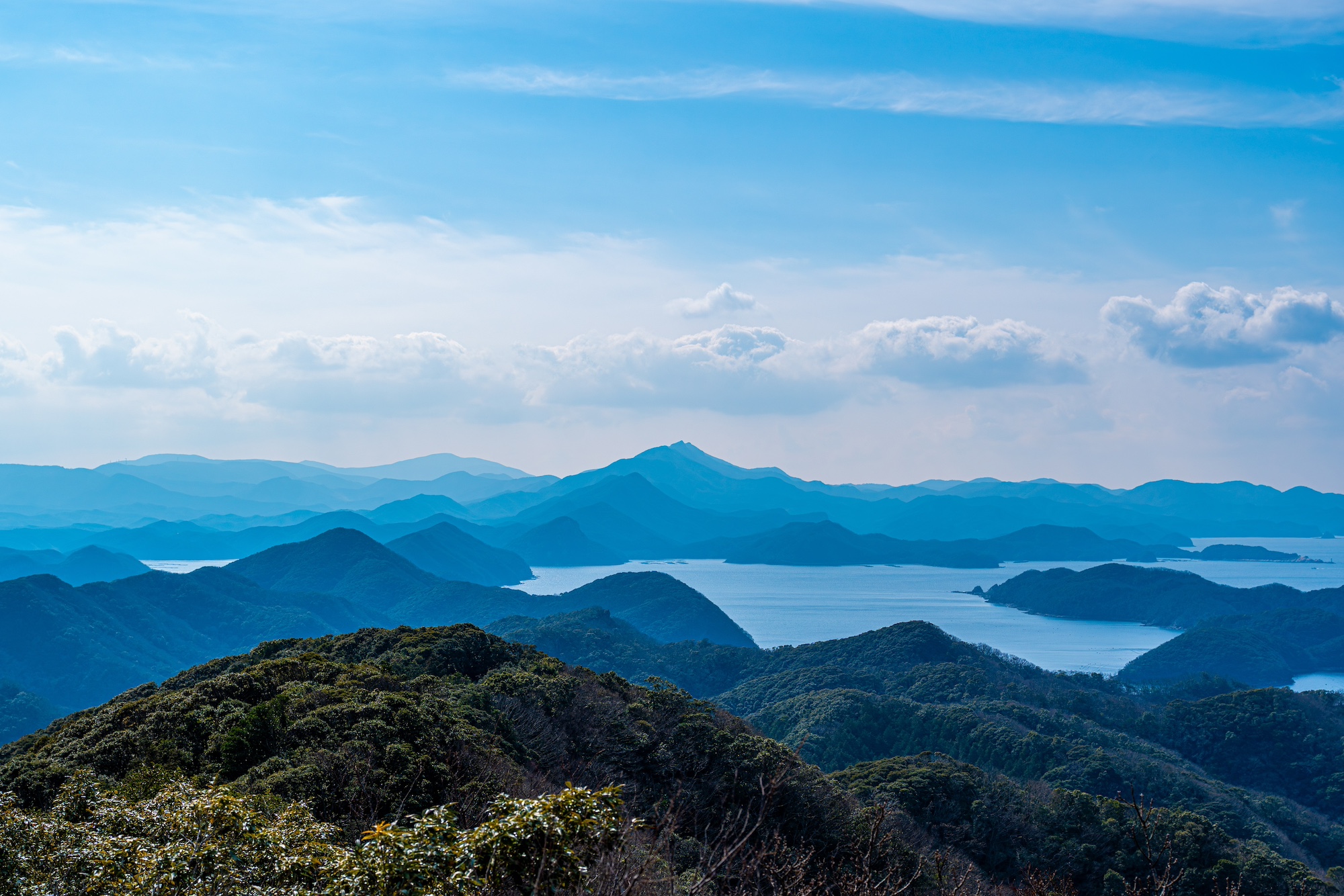
Tsushima City in Nagasaki Prefecture has a beautiful rias coastline and clear ocean.
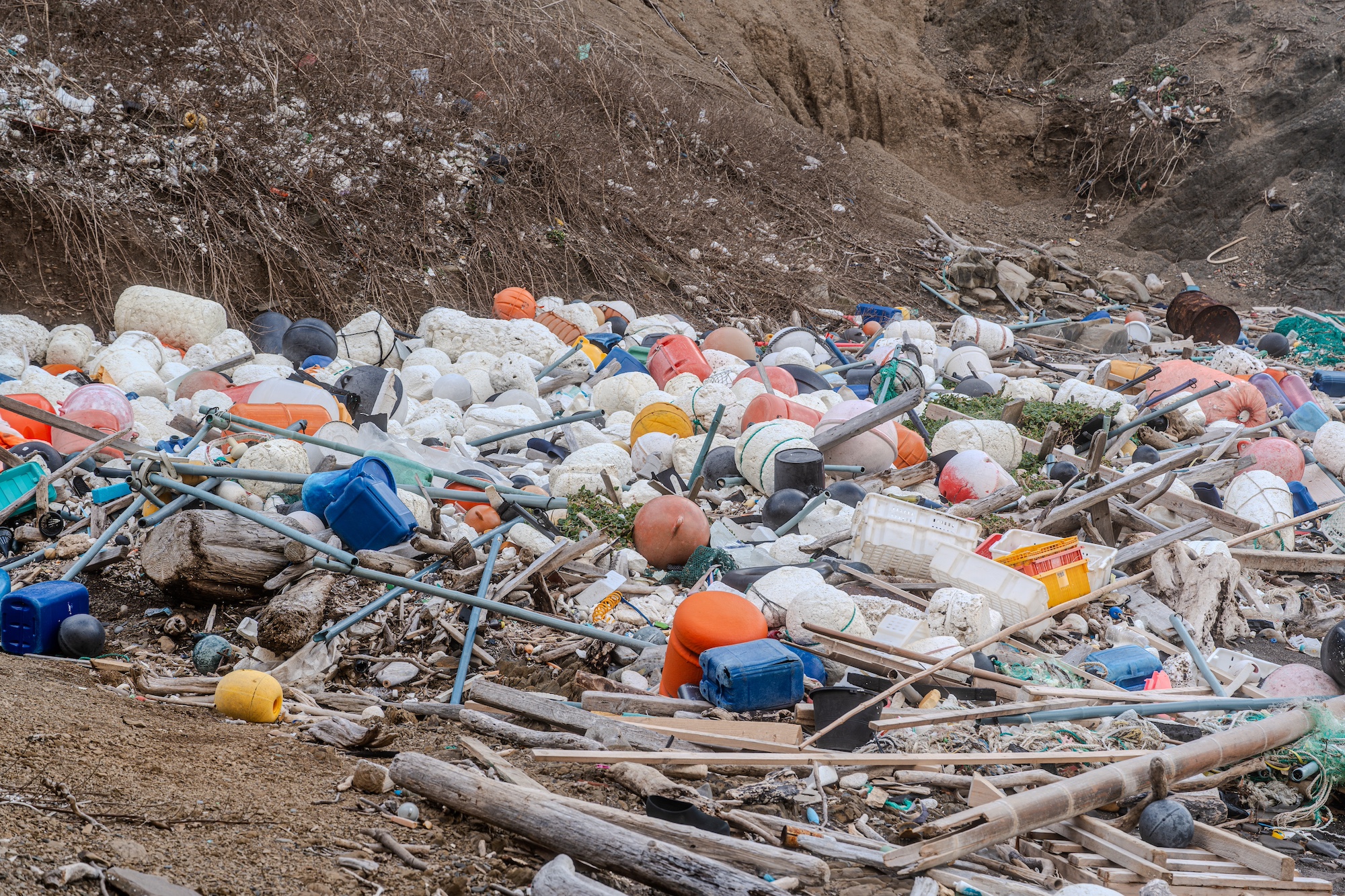
Tsushima was once invaded by the Mongolia during the Kamakura period (1185-1333). Today the island is invaded by the pouring trash from the nearby countries.
It is widely known that the most debris consists of plastics and plastic bottles from everyday life, but there are also noticeable amounts of plastic waste dumped by the fishing industry, such as fishing buoys, fishing nets and ropes, and Styrofoam.
Those uncollected debris are either left behind at the beach or drift back toward the Sea of Japan. Their fate has a few options with little hopes, as they endlessly wonder the world harming the environment. During the process plastic break down into smaller particles known as microplastics, and these pollutants are often consumed by marine animals, and ended up in our health system by consuming seafood.
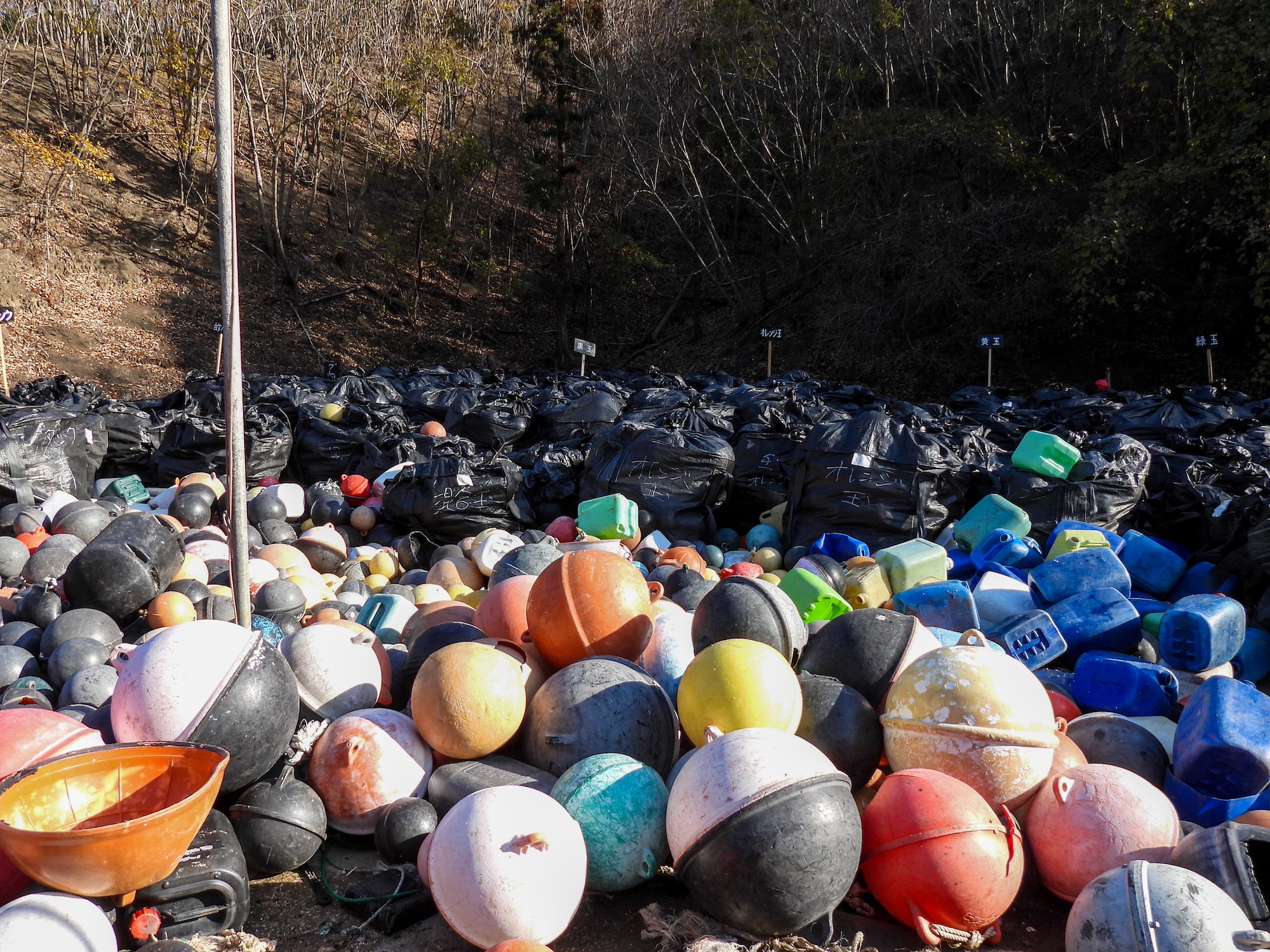
Only about the one-third of marine debris are collected from the beach every year.

Even so, about 8,000 bags of 1㎥ each fill the Tsushima Garbage Disposal Center in one year.
Due to the climate crisis, global sea level rose an average of 0.2 meters between 1901 and 2018. If this trend continues, it is expected to rise by at least 0.32 meters compared to the average sea level between 1995 and 2014 by 2100, and 1.01 meters in the worst-case scenario (*2). In Japan, a 1-meter rise in sea level would result in the loss of more than 90% of sandy beaches.
It is very possible that we replace the sand beach with entirely plastic-filled environment. That would be, ironically, artificial, colorful, and colorful beaches. Future human may enjoy swimming in such Plastic Coast. And that is a reality that has already begun to happen in Tsushima.
*1 – Ministry of the Environment, “Report of the Model Study Group on Domestic Reduction Measures for Drifting and Floating Debris” (2008), Evaluation based on “Phase 1 Model Study (7 prefectures and 11 coasts)
*2 – Report of Working Group I of the Sixth Assessment Report of the IPCC (2021)
